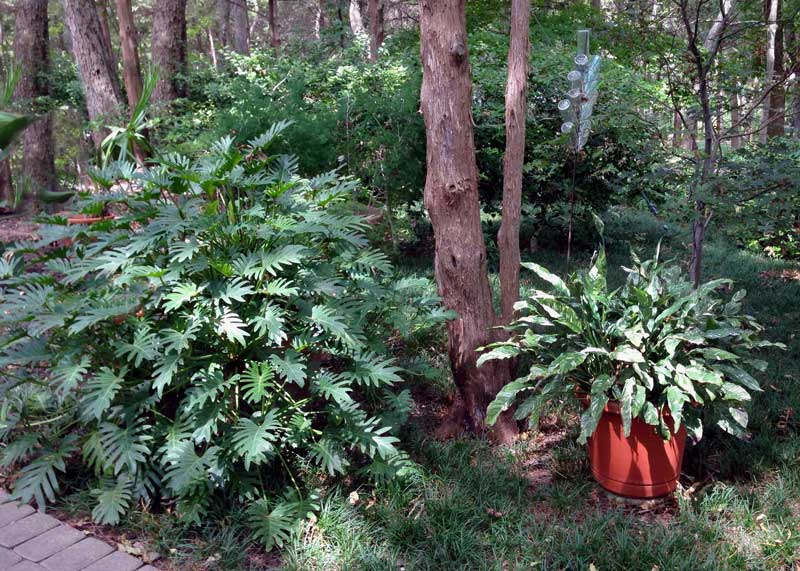For quick spots of color
When you have nothing but shade, you find that your options in flowering plants are very limited. Most labels will tell you “Full sun” or “Half-day sun or greater.” Most of our landscape does well to get half an hour of sunlight. Pecans and red oaks don’t let the light through.
This has been a 47-year experience, so I’ve learned the plants that will give me interesting changes in color (variegation) or texture. I thought it might be nice today to share with you a few of the white or light variegated plants that I’ve used over the years.
This is what I was talking about when I mentioned “a variety of textures.” Few plants are any more dramatic than Philodendron Xanadu. It looks like the old-fashioned Philodendron selloum, but it’s much more compact. With it I used Variegated Spathiphyllum (peace lily).
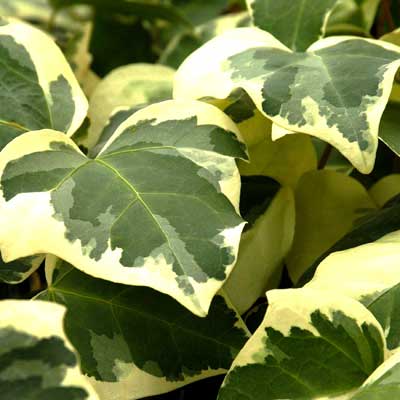
In sub-tropical South Texas this could be used as a permanent groundcover, but it will freeze in most of the state. It makes a great spiller plant in large patio pots and hanging baskets. It certainly draws attention to its part of the garden.
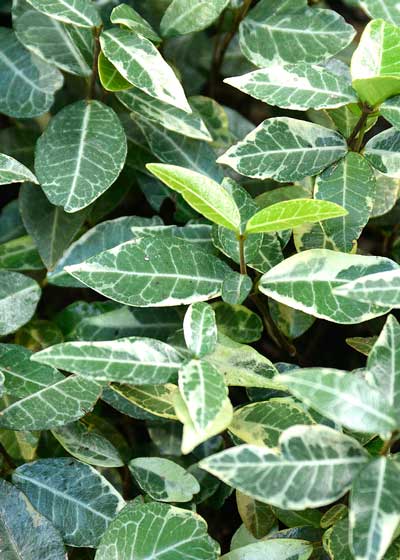
This is the variegated groundcover I’ve used in North Central Texas. I’ve had it for 35 years and it’s made it through two sub-zero cold spells. It browns, but it rebounds. I like its bright, shiny foliage.
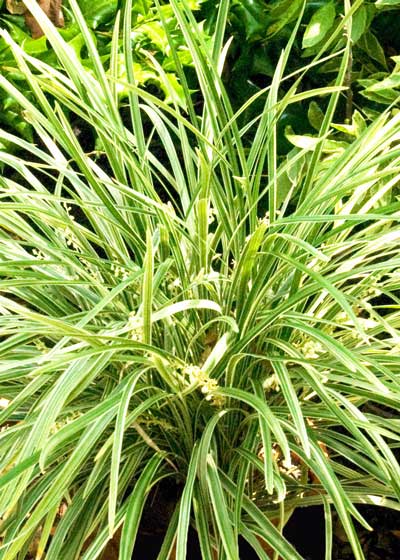
This could be used as a bed edging. I’ve kept mine in faux terra cotta pots for many years. They go into my greenhouse for the winters, but in the southern half of the state they could probably nestle up against the side of your house. This is a bright white liriope, unlike Silvery Sunproof.
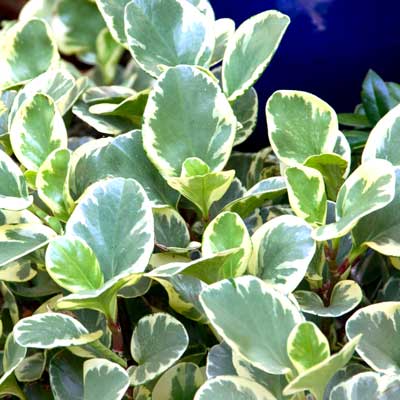
This is another tropical foliage plant. OK. I admit it. I have a real thing about peperomias, and this is one of my favorites. I have 60 or 70 6-inch pots of them that I set around our landscape just for summertime grins. Their leaves are leathery and plump. They’re easily grown and just as easily propagated and grown.
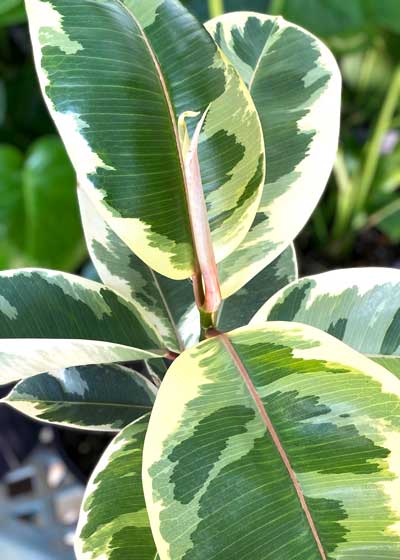
I’ve saved the best for last. The closer you get to it, the more you love it. It needs more light indoors than most houses will have, but outdoors, it’s great beneath trees or patio roofs. And its patterns of variegation are mesmerizing. You can get lost just looking at them.

